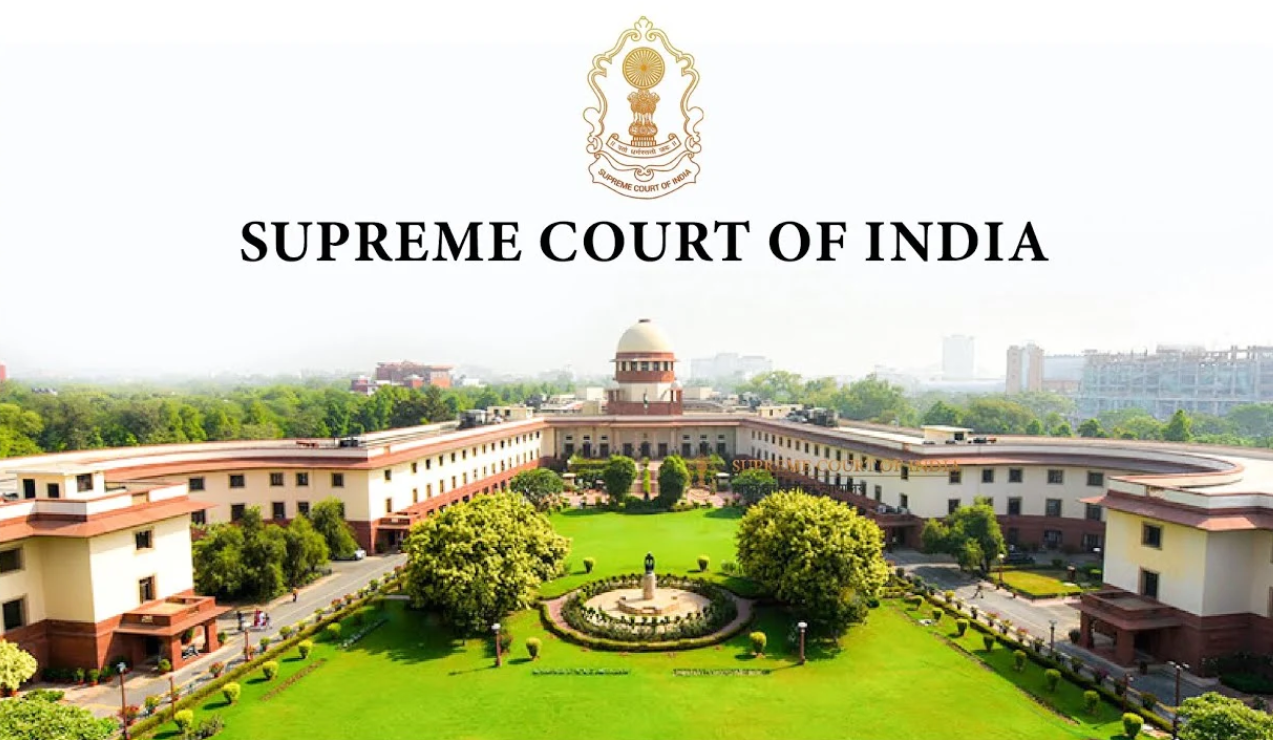
Supreme Court Directs Performance Audit Of Maharashtra Slum Areas Act
A Supreme Court bench of Justices PS Narasimha and Aravind Kumar has suggested that a comprehensive statutory audit of the Maharashtra Slum Areas (Improvement, Clearance and Redevelopment) Act, 1971 (Maharashtra Slum Areas Act) should be performed. It has done so by stating that "reviewing and assessing the implementation of a statute is an integral part of Rule of Law. It is in recognition of this obligation of the executive government that the constitutional courts have directed governments to carry performance audit of statutes." The court added: "The purpose of such review is to ensure that a law is working out in practice as it was intended. If not, to understand the reason and address it quickly. It is in this perspective that this court has, in a number of cases, directed the Executive to carry a performance/assessment audit of a statute or has suggested amendments to the provisions of a particular enactment so as to remove perceived infirmities in its working." The court said that constitutional courts are fully justified in giving such directions for statutory audit as they are in a unique position of perceiving the working of a statute while exercising judicial review, during which they could identify the fault-lines in the implementation of a statute This comes pursuant to a case before the Supreme Court where a developer engaged for developing a slum delayed the development for more than two decades subsequent to which his agreement was terminated. The Bombay High Court upheld the termination, which was then challenged by way of appeal before the Supreme Court. The court has raised five concerns regarding the statutory scheme of the Maharashtra Slum Areas Act. The process of identification and declaration of land as slum:- This problem involves an examination of the role of authorities in giving such recognition, insidious intervention of builders in the said process cast doubts on the independence and integrity in the decision-making process. Identification of slum dwellers:- This involves a complicated process of proof of such a status, the attendant problem of groupism, giving rise to competing claims inevitably leading to litigation. Selection of a developer:- The Act leaves this decision to the cooperative society of slum dwellers and the majority decision is manipulated by competing and rival developers. Apportionment of the slum land between redevelopment area and sale area:- This is yet another area where court has witnessed developers seeking to increase the proportion of the sale area, leading to contestation. Obligation to provide transmit accommodate for the slum dwellers pending redevelopment:-Invariably, we see instances where the developer does not provide transit accommodation within time or provides an inadequate alternative in the form of a quantified amount towards rent, On the other hand, there are instances where some slum dwellers refuse to vacate the premises on the ground that the transit accommodation is either inconvenient or the amount offered is insufficient. Lack of independence and objectivity in the functioning of statutory authorities:- This is a matter of serious concern. Courts have witnesses that the authorities have no independence and, their tenure is also short. Additionally, the functioning of these statutory authorities gives an indication that there could be a regulatory capture. Ineffectiveness of statutory remedies:- Statutory remedies are ineffective and at the same time, lacking in accountability. Judicial review under Article 226 (power of the high courts to issue certain writs) cannot be a long-term solution to sought remedy under the Maharashtra Slum Areas Act. Accordingly, the Supreme Court has requested the Chief Justice of the Bombay High Court to constitute a bench to initiate suo moto proceedings for reviewing the working of the legislation including performing a comprehensive statutory audit of the Maharashtra Slum Areas Act.
